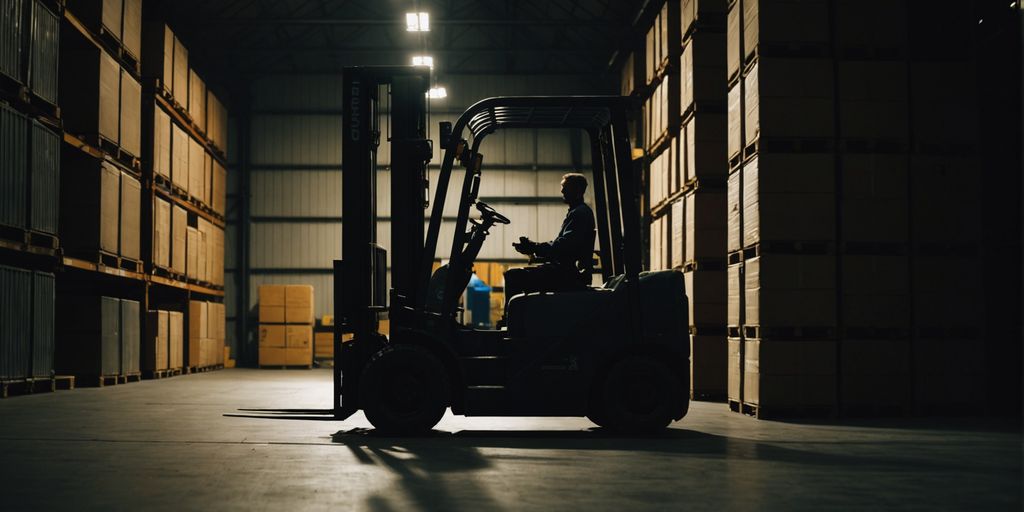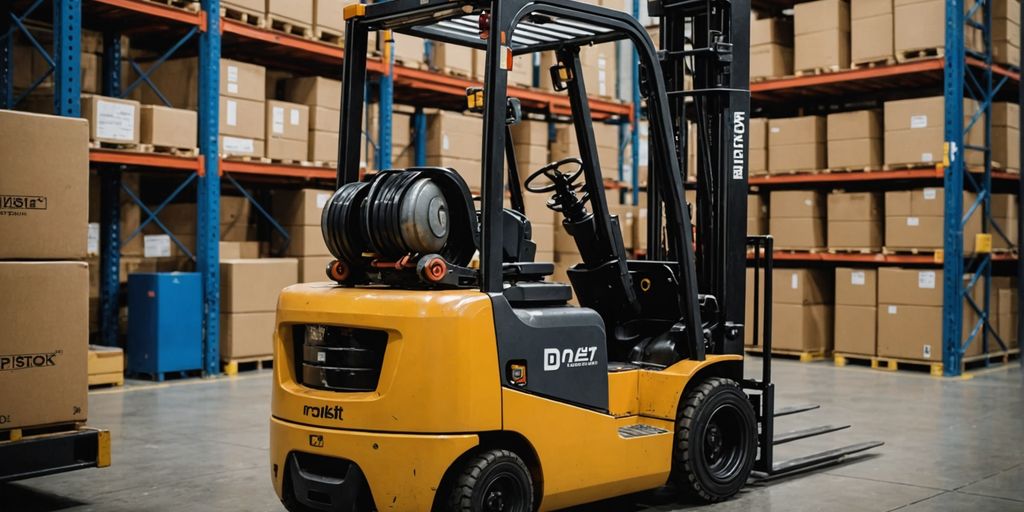Introduction to Cobots
Cobots, or collaborative robots, are transforming warehouse operations by seamlessly working alongside human employees. Unlike traditional robots, which are often confined to specific tasks and zones, cobots are designed to share the same workspace as humans. This allows for enhanced flexibility, improved safety, and increased efficiency. These robots are equipped with sensors and AI-powered systems, enabling them to detect and adapt to their environment, ensuring safe and effective collaboration.
In warehouses, cobots are used for tasks like picking, packing, palletizing, and transporting items. Their ability to adapt to new tasks and environments makes them an ideal choice for dynamic, high-demand logistics settings.
15 Types of Robots Used in Warehousing
-
Autonomous Mobile Robots (AMRs)

AMRs use sensors, cameras, and AI to navigate their environment autonomously. These robots can move freely throughout the warehouse, transporting goods between various areas, optimizing the supply chain, and reducing the need for human intervention in repetitive tasks.
- Automated Guided Vehicles (AGVs): AGVs differ from AMRs in that they follow predefined routes, often using magnetic strips or sensors embedded in the floor. These robots are ideal for repetitive tasks such as moving materials over long distances between stations.
-
Articulated Robotic Arms

These robots mimic the function of a human arm and are used for a variety of tasks such as picking, placing, welding, and packaging. Their high precision makes them invaluable for handling delicate or heavy products with speed and accuracy.
- Palletizing Cobots: Palletizing cobots specialize in stacking goods onto pallets, ensuring they are ready for storage or shipment. These robots are highly efficient at organizing products, minimizing human labor, and reducing error rates.
- Collaborative Picking Robots: Picking cobots work side by side with human workers to pick items from shelves. They are often integrated with advanced AI systems that help them learn and adapt to the specific needs of a warehouse.
- Goods-to-Person (GTP) Systems: GTP robots bring products directly to human workers, reducing the time employees spend walking across warehouses.
- End-of-Arm Tooling (EOAT) Robots: EOAT devices are attached to the end of a robotic arm, allowing the robot to perform specific tasks like welding, cutting, or picking.
- Shuttle Systems: Shuttle robots move bins and trays in high-density storage warehouses, improving space utilization and ensuring efficient storage.
- Pick and Place Robots: Pick and place robots quickly move products from one location to another, often in assembly and packaging lines.
-
Packaging Robots
 Packaging robots automate the process of placing goods into containers, optimizing the packaging line and reducing human error.
Packaging robots automate the process of placing goods into containers, optimizing the packaging line and reducing human error. - Drone Robots: Drones are increasingly being used in warehouses to conduct inventory counts, quickly scanning barcodes or RFID tags.
-
Forklift AGVs
 These automated forklifts can transport large loads autonomously, reducing the need for human-operated forklifts.
These automated forklifts can transport large loads autonomously, reducing the need for human-operated forklifts. - Depalletizing Robots : Depalletizing robots are responsible for removing items from pallets, ensuring smooth operations in distribution centers.
- Sorting Robots: Sorting robots organize items based on size, weight, or destination, crucial in e-commerce warehouses to streamline order processing.
- Inventory Counting Robots: These robots autonomously count inventory using RFID or camera-based systems, providing accurate stock data in real-time.
Conclusion: The Future of Cobots and Warehouse Robotics
As the logistics industry continues to evolve, the role of robots in warehouses will only grow. Cobots, with their ability to work alongside human workers, are leading the charge in transforming warehouse operations. From improving efficiency to reducing human error, robots are quickly becoming indispensable tools in modern warehouses. The 15 types of robots highlighted above demonstrate the vast potential of robotics technology in creating more agile, productive, and safer warehouse environments.




Leave a comment
This site is protected by hCaptcha and the hCaptcha Privacy Policy and Terms of Service apply.